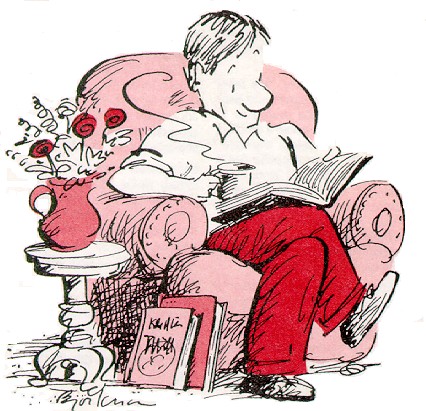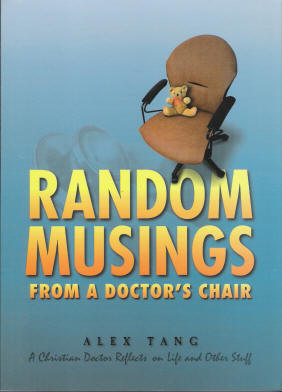Eight Thought Experiments
from WIRED MAGAZINE: ISSUE 15.06
The Best Thought Experiments: Schrödinger's Cat, Borel's Monkeys
Greta Lorge 05.22.07
1. Galileo's balls
Contrary to what your teachers told you, Galileo Galilei likely did not drop balls from the Tower of Pisa; he conducted the gravity experiment in the laboratory of his mind. His 16th-century peers believed heavier objects fell faster than light ones. So Galileo imagined a heavy ball attached by a string to a light ball. Would the light ball create drag and slow the heavy one down? Nope, he concluded, they would hit the ground simultaneously.
The Best Thought Experiments: Schrödinger's Cat, Borel's Monkeys
Greta Lorge 05.22.07
1. Galileo's balls
Contrary to what your teachers told you, Galileo Galilei likely did not drop balls from the Tower of Pisa; he conducted the gravity experiment in the laboratory of his mind. His 16th-century peers believed heavier objects fell faster than light ones. So Galileo imagined a heavy ball attached by a string to a light ball. Would the light ball create drag and slow the heavy one down? Nope, he concluded, they would hit the ground simultaneously.

2. Schrödinger's cat
A cat is trapped in a box with radioactive material, a Geiger counter, and a mechanism rigged to release poison if particle decay is detected. According to Erwin Schrödinger, the cat exists in two probable states. But that doesn't track with reality (cats are not both alive and dead). Proposed in 1935, the postulate illustrates that some quantum concepts just don't work at nonquantum scales. Also that Schrödinger was a dog person.
3. Searle's room
A man sits alone in a room. Someone slips paper with Chinese writing on it under the door. The man doesn't read Chinese, but with a set of instructions he's able to manipulate the symbols and respond. To an observer, the man appears to understand the language. Philosopher John Searle devised the scenario in 1980 to make a point about computers. CPUs, like his man, lack comprehension and thus can't have humanlike intelligence.
4. Hawking's turtles
The 1988 book A Brief History of Time begins with the story of a scientist giving a lecture on astronomy. At the conclusion of his talk, a woman insists he's wrong: Earth is a flat plate carried on the back of a giant turtle. The scientist asks what the turtle is standing on, and the woman says, "It's turtles all the way down!" Stephen Hawking used the story to caution fellow cosmologists against piling one unproven theory upon another.
5. Einstein's light beam
When he was 16, Albert Einstein daydreamed about chasing after a beam of light until he caught up to it. At that point, young Einstein reasoned, the light wave would appear frozen. The problem: This was impossible according to the thinking back in 1895. Somehow, this little glitch led Einstein right to the theory of special relativity. Lost? Don't worry. Physicists still debate exactly how this mental exercise got him there.
6. Borel's monkeys
Variations go back to Aristotle, but the modern version of the infinite-monkey theorem was introduced in 1913 by French mathematician Émile Borel. You know the deal: An infinite number of monkeys pecking at typewriters for an infinite length of time will "almost surely" produce the complete works of Shakespeare. Seems unlikely, because our minds have a hard time grasping the infinite. Mathematically, it's true.
7. Maxwell's demon
In 1867, James Clerk Maxwell pictured two chambers, A and B, each filled with gas at the same temperature and with a door between them. Theorists later had a demon open the door (without doing any work) to let the fastest-moving molecules pass from A into B, and the slowest from B to A. Over time, the speed of the atoms (and therefore the temperature) increases in B — a violation of the second law of thermodynamics.
8. Parfit's teleporter
Philosopher Derek Parfit is famous for basing thought experiments on sci-fi. In 1984, he envisioned a teleporter malfunction, like the one that made two James T. Kirks in an episode of Star Trek. Teleporters annihilate every particle in you, then rebuild them from scratch. What happens if the original isn't destroyed? Which is the real you? Parfit says both. Evil Kirk would disagree.
read more
Illustration by Mark Matcho
Labels: Critical Thinking, Philosophy, Science















0 Comments:
Post a Comment
<< Home